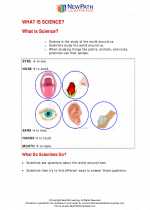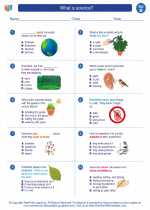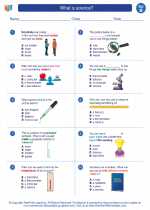Ribosomes
Ribosomes are a crucial part of the cell that play a key role in protein synthesis. They are responsible for translating the genetic information from the DNA into proteins. Ribosomes can be found in both prokaryotic and eukaryotic cells, and they are made up of two subunits - one large and one small.
Structure of Ribosomes
The ribosome is composed of two subunits, the large and the small subunit. The large subunit is responsible for catalyzing the formation of the peptide bonds between amino acids, while the small subunit is responsible for reading the mRNA and positioning the tRNAs during translation.
Function of Ribosomes
Ribosomes are the sites of protein synthesis in the cell. They use the genetic information from the mRNA to assemble amino acids into a specific order, thus forming a protein. This process is called translation, and it involves the interaction of the ribosome with mRNA and tRNA to ensure that the correct amino acid sequence is produced.
Types of Ribosomes
There are two main types of ribosomes: free ribosomes and bound ribosomes. Free ribosomes are found floating in the cytoplasm, and they produce proteins that will function within the cytoplasm. Bound ribosomes are attached to the endoplasmic reticulum and produce proteins that are either inserted into the cell membrane or secreted outside the cell.
Study Guide
- What is the function of ribosomes?
- Describe the structure of ribosomes.
- What are the two main types of ribosomes?
- Explain the process of protein synthesis by ribosomes.
- Where can ribosomes be found in the cell?
[Ribosomes] Related Worksheets and Study Guides:
.◂Science Worksheets and Study Guides Second Grade. What is science?

 Worksheet/Answer key
Worksheet/Answer key
 Worksheet/Answer key
Worksheet/Answer key
 Worksheet/Answer key
Worksheet/Answer key
 Vocabulary/Answer key
Vocabulary/Answer key
